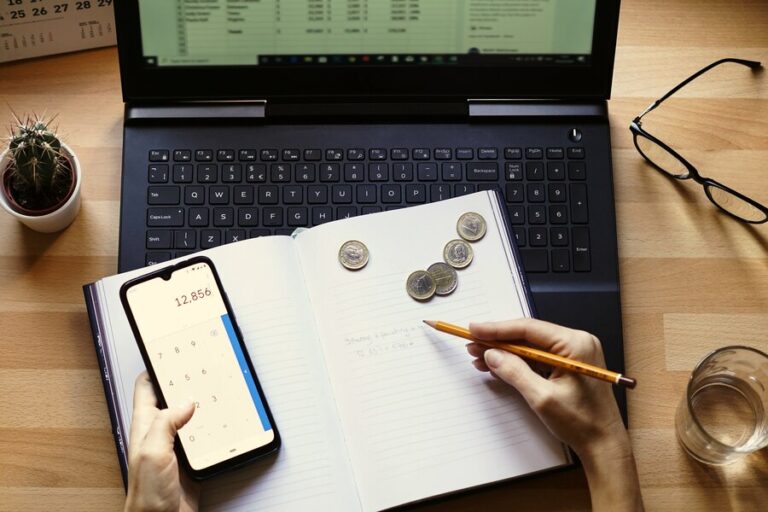In today’s fast-paced world, managing personal finances can be overwhelming. With numerous expenses to juggle, it’s easy to lose track of where your money goes. Fortunately, financial tools designed for tracking spending can simplify this process, providing clarity and control over your finances. Here’s how to effectively use these tools to enhance your budgeting and spending habits.
Understanding Financial Tools

Financial tools come in various forms, including mobile apps, online platforms, and software designed to help individuals manage their money. These tools can assist with budgeting, expense tracking, and overall financial planning. By leveraging technology, you can gain insights into your spending patterns and make informed decisions about your finances.
Popular Financial Tools for Tracking Spending
1. Mint
Mint is a widely used personal finance app that allows users to track their expenses, set budgets, and monitor their credit scores. By linking all your bank accounts and credit cards, Mint automatically categorizes transactions and provides a comprehensive view of your financial health.
2. YNAB (You Need A Budget)
YNAB is built on the principle of zero-based budgeting, encouraging users to allocate every dollar they earn to specific expenses or savings goals. This proactive approach helps users prioritize their spending and avoid overspending.
3. PocketGuard
PocketGuard simplifies budgeting by showing you how much disposable income you have after accounting for bills, goals, and necessities. Its “In My Pocket” feature helps you understand exactly how much you can spend without jeopardizing your financial stability.
4. GoodBudget
Using the envelope budgeting method, GoodBudget allows users to allocate funds into virtual envelopes for different spending categories. This method helps in managing discretionary spending while keeping essential expenses in check.
5. Money Dashboard
This tool offers a holistic view of your finances by aggregating data from various accounts. Users can categorize their spending and set budgets based on historical data, making it easier to identify areas for improvement.
Steps to Effectively Use Financial Tools
1. Set Up Your Accounts
Begin by linking all your financial accounts—bank accounts, credit cards, loans—to your chosen financial tool. This will provide a complete picture of your financial situation.
2. Categorize Your Expenses
Most tools allow you to categorize transactions automatically. Take the time to review these categories and adjust them according to your personal spending habits for better accuracy.
3. Create a Budget
Based on your income and categorized expenses, create a realistic budget that reflects your financial goals. Ensure that it includes savings targets and discretionary spending limits.
4. Monitor Your Spending Regularly
Check your financial tool regularly—daily or weekly—to stay updated on your spending habits. This will help you identify any discrepancies or areas where you may be overspending.
5. Adjust as Necessary
Life is unpredictable; therefore, be prepared to adjust your budget as needed. If you notice that certain categories are consistently over budget, reassess and modify them accordingly.
Conclusion
Using financial tools to track your spending is an effective way to enhance your financial literacy and control over personal finances. By understanding how these tools work and implementing them into your daily routine, you can gain valuable insights into your spending patterns and make informed decisions that align with your financial goals. Remember that the key to successful budgeting lies in regular monitoring and adaptability.
FAQs
1. What are the best apps for tracking personal expenses?
Some of the best apps include Mint, YNAB (You Need A Budget), PocketGuard, GoodBudget, and Money Dashboard.
2. How do I choose the right financial tool for my needs?
Consider factors such as ease of use, features offered (like budgeting vs. expense tracking), compatibility with your devices, and whether you prefer free or paid options.
3. Can I track my spending without linking my bank accounts?
Yes! Many apps allow manual entry of transactions if you prefer not to link accounts; however, this may require more effort on your part.
4. How often should I check my financial tool?
Regular check-ins—ideally weekly—help you stay on top of your budget and make timely adjustments as necessary.
5. What should I do if I exceed my budget in a category?
Reassess the category’s limits based on actual spending patterns or find areas in other categories where you can cut back to compensate.
6. Are there any costs associated with using these financial tools?
While many apps offer free versions with essential features, some may charge for premium features or subscriptions; always review pricing before committing.

